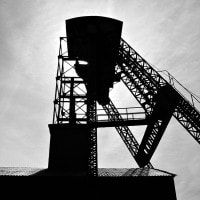
by Stephanie Carlisle and Nicholas Pevzner
Extraction sustains our society. The economic value of raw materials regularly outweighs concerns about the practices and processes required to bring them to market. But have we really grappled with the complex systems that landscapes of extraction expose?
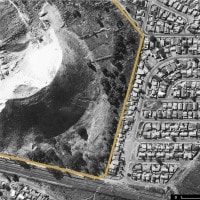
by Guy Trangos & Kerry Bobbins
An extensive network of abandoned mine shafts and tunnels exist beneath Johannesburg. Today, these spaces are lost to time, long forgotten and abandoned below the surface of the Earth.
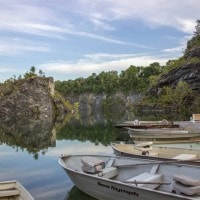
by Frank Matero
The Lehigh Valley gave rise to several world-class extractive industries, including steel and cement production, coal mining, and slate quarrying. How should we preserve this rich industrial heritage?
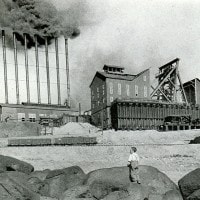
by Bradford Watson & Sean Burkholder
Extraction is an ugly process. Still, the vast resources present beneath the ground and the motivation to pull them to the surface are intimately tied to the settlement and permanent occupation of the landscape.
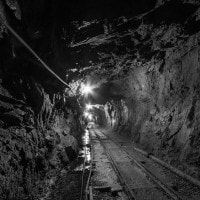
by Gavin Bridge
Landscapes of energy extraction are portals, wormholes between two worlds in which time and space work differently.
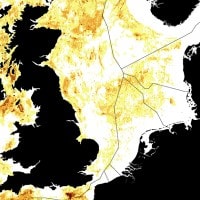
by Claudia Bode
The deployment of offshore wind power on a massive scale is driving new forms of marine management and cartographic representation, and upending traditional ideas about what constitutes national territory.
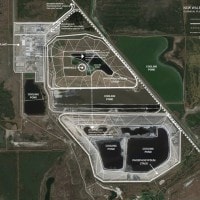
by Rob Holmes, Lauren Sosa & Christie Allen
Florida is the epicenter of phosphate mining in the United States. The sheer scale of the impact of this extraction on the Floridian landscape is immense. As it grows, phosphate mining is producing enormous accidental monuments to the current American way of life.
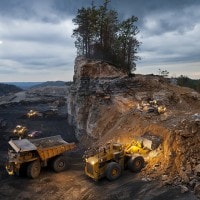
by J. Henry Fair
Coal mining produces some of the most visceral
landscapes of extraction, literally leveling mountains and consuming farmland and forests to access the mineral seams below.

by Neeraj Bhatia
In the flat desert landscape of California's Central Valley, nature and infrastructure have hybridized into a singular system that exploits and commodifies the unpaid work of natural processes over time.
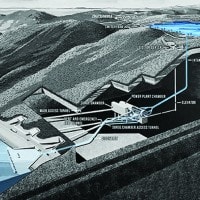
by Nicholas Pevzner
Energy infrastructure is facing a systemic realignment. But where is our visionary regional planner, our Benton MacKaye, to offer a roadmap to the civic potential of these vast new energy landscapes?

by Neyran Turan
After a long meeting, the unanimous vote was held to ban further Rare Earth mining and to build a museum that would house and preserve remaining Rare Earth mines of the world, and would carry their legacy to future generations.
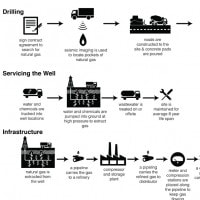
by Jamie Vanucchi
NY bans fracking; PA allows it. Just south of the NY/PA border, some of the most intensive drilling occurs in an area where the Marcellus shale is deep, thick and most productive. How powerful is a policy line? Where is this line solid, and where is the line blurred, broken, or not there at all?
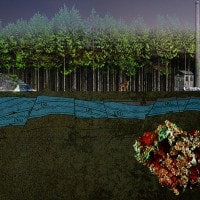
by Elizabeth Yarina
The return of copper mining to Michigan has ignited fierce public debate over landscape value and public land. A diverse set of groups has made competing claims to the landscape, seeing it as vertical territory.

by Matthew Wiener
Unfortunately, landscape architects will never build a “solution” to groundwater, nor will they devise a method for reversing almost a century of wanton extraction.
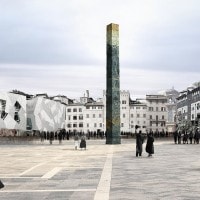
by Alexander Breedon
Australia’s economy and its cities are inextricably linked to coal. This proposal for a polemical “monument to mining” questions Australia’s relationship with coal mining and addresses the dualistic spatial relationship between the city and its regional territory.















